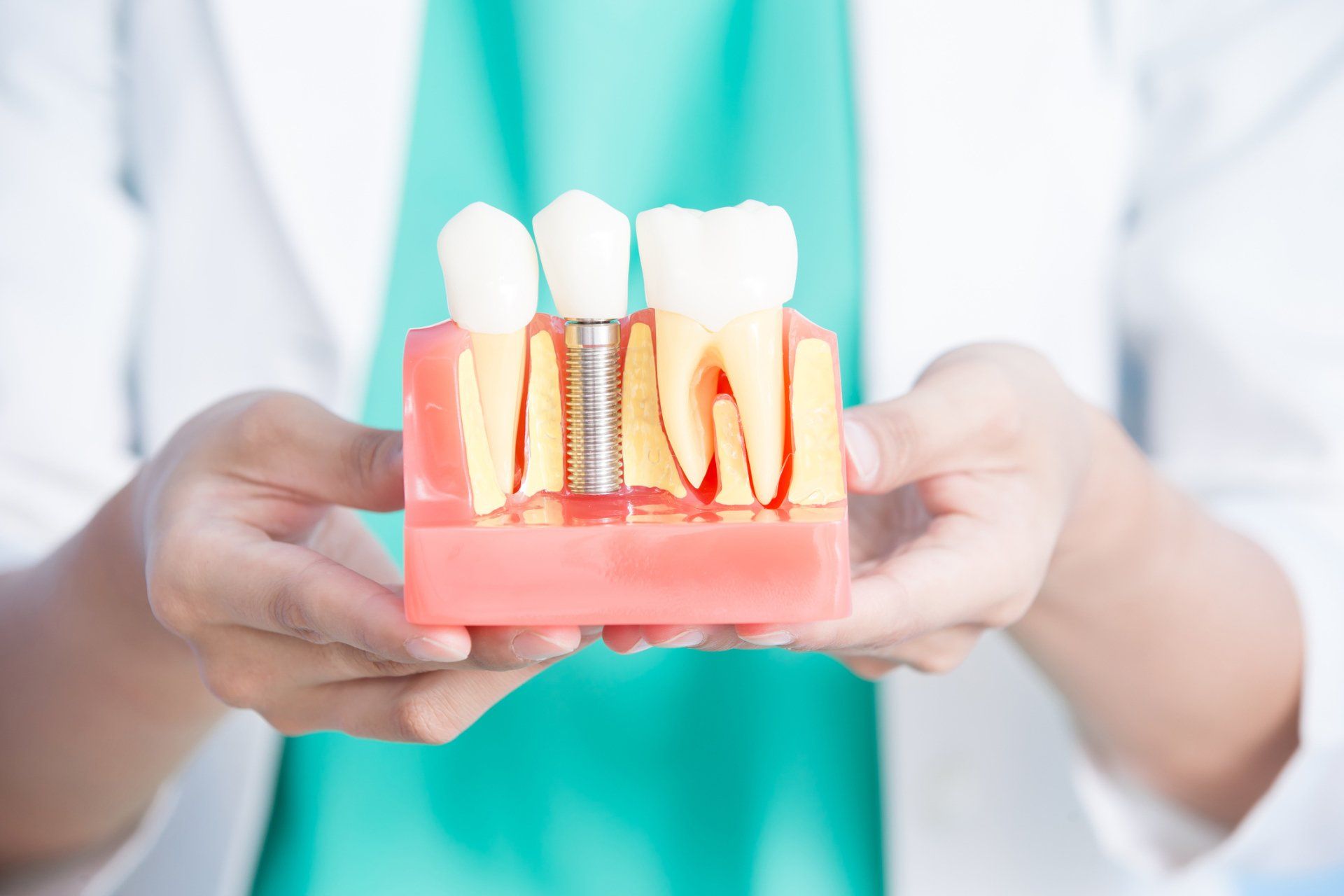Plate Form And Subperiosteal Dental Implants Explained
- By Admin
- •
- 09 Sep, 2019
- •
If you are considering dental implants, then you should know that there are three types of implants available. The most popular type of implant is a root implant. This implant is made up of a screw that is placed in your jaw and a pontic, or false tooth.
However, there are two other types of dental implants that are not as popular, even though they can be better options for some people: the plate form dental implant and the subperiosteal implant.
Read on to learn how these implants differ from the more common root dental implant, who they are best for, and their pros and cons.
Plate Form Dental Implants
Plate form dental implants are considered endosteal implants, just like root form implants, because they are anchored into the jawbone. They also have a false tooth that protrudes above the gumline. However, instead of being anchored into the jaw with a screw, these dental implants are anchored into the jaw with a thin, rectangular piece of metal called a plate form, also referred to as a blade.
If your jaw is too thin to support the width of a root implant, then your dental implant specialist may recommend this alternative dental implant.
The advantages of plate form dental implants include:
- Plate form implants have been in use for about half a century and have a proven track record of success.
- These implants are also ideal for weaker jaws because they distribute chewing force placed on the implanted tooth over a larger area of your jaw than an implant with a screw.
- They can help some patients avoid bone grafting that would be needed to help make the jaw sturdy enough to support a screw implant.
- The pontic, or false tooth, can often be attached to these implants directly after the implant anchor is placed.
The main disadvantages of plate form implants are that not all implant specialists in the United States are trained in their placement and they are just slightly more prone to failure than root implants.
Subperiosteal Dental Implants
If you are not a suitable candidate for any type of dental implant that is inserted into your jawbone, then your implant specialist may offer you the option of a subperiosteal dental implant. Unlike plate form and root form dental implants, subperiosteal dental implants are not anchored into your jaw but are anchored just underneath your gums using metal frames.
The advantages of subperiosteal dental implants include:
- They are a good option for people who suffer from osteoarthritis, which often makes the jawbone too porous to support any type of endosteal dental implant.
- The placement of these implants is less invasive. If you have a fear of dental implants that are placed in your jaw, then a subperiosteal implant may be a better option for you.
- Implant placement can be quicker because the implant frame does not have to osseointegrate with your jawbone before the false tooth is placed on top of it.
- Subperiosteal implants can help many people avoid bone grafting if it is needed to support an endosteal implant.
While root form or screw-type dental implants are most commonly advertised and used by implant specialists today, there are two other implant types that can be a better option for some people. Contact us at Premier Dentures and Implants today to schedule a dental implant consultation.












